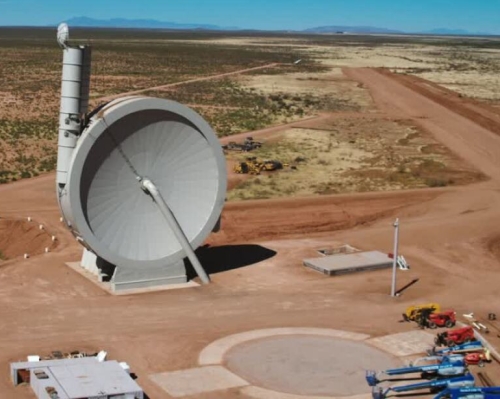Russia launches classified military satellite using its Angara-5 rocket
Russia today successfully launched a classified military satellite, its Angara-5 rocket rocket lifting off from its Plesetsk spaceport in northeastern Russia.
This was the fifth flight of the Angara-5 rocket, the most powerful version in the Angara family of rockets that Russia first proposed three decades ago to replace its older rockets and has had an extremely slow development history. Its core stage and four strap-on boosters crashed in drop-zones across Russia,
On June 9, 2025, the administration of the Kolpashevo District in the Tomsk Region of Russia declared several communities at risk of debris impact during an Angara-5 launch scheduled around 06:00 Moscow Time on June 19, 2025. The danger area covered the Verkneketsky, Kolpashevsky, Kargasoksky and Parabelsky Districts and was located around 65 kilometers north-west of Lake Tresh. This particular area, located around 2,320 kilometers downrange from Plesetsk, would normally be used as a drop zone for the second stage of an Angara rocket heading to an orbit with an inclination 63.4 degrees toward the Equator.
The rocket’s first stage boosters were expected to fall in the Komi Republic around 850 kilometers downrange, while the third stage would splash down in the Pacific Ocean, east of the Philippines, where the Russian authorities also declared a danger zone.
The leaders in the 2025 launch race:
76 SpaceX
34 China
8 Rocket Lab
7 Russia
SpaceX still leads the rest of the world in successful launches, 76 to 56.
Russia today successfully launched a classified military satellite, its Angara-5 rocket rocket lifting off from its Plesetsk spaceport in northeastern Russia.
This was the fifth flight of the Angara-5 rocket, the most powerful version in the Angara family of rockets that Russia first proposed three decades ago to replace its older rockets and has had an extremely slow development history. Its core stage and four strap-on boosters crashed in drop-zones across Russia,
On June 9, 2025, the administration of the Kolpashevo District in the Tomsk Region of Russia declared several communities at risk of debris impact during an Angara-5 launch scheduled around 06:00 Moscow Time on June 19, 2025. The danger area covered the Verkneketsky, Kolpashevsky, Kargasoksky and Parabelsky Districts and was located around 65 kilometers north-west of Lake Tresh. This particular area, located around 2,320 kilometers downrange from Plesetsk, would normally be used as a drop zone for the second stage of an Angara rocket heading to an orbit with an inclination 63.4 degrees toward the Equator.
The rocket’s first stage boosters were expected to fall in the Komi Republic around 850 kilometers downrange, while the third stage would splash down in the Pacific Ocean, east of the Philippines, where the Russian authorities also declared a danger zone.
The leaders in the 2025 launch race:
76 SpaceX
34 China
8 Rocket Lab
7 Russia
SpaceX still leads the rest of the world in successful launches, 76 to 56.


 <
<








